|
Wow, it has been a busy few weeks! Manhart, Thompson, and Sayles finished grazing this week, and wheat harvest is in full swing. We are getting ready for the post wheat planting of the cover crop and preparing experimental designs for the fields. It's been a while since we made a post, so I've accumulated a lot of great photos and videos. We've also gotten a lot of great photos/videos from producers. Keep them coming! We really enjoy getting to see what things look like when we're not able to be there. My personal favorite is the video from Feikert showing the monitor during wheat harvest. It's so exciting!!!
0 Comments
We hit the road again this week for Kansas. On the docket this week was another set of weed transects, forage sampling, and cattle weights. While cattle were getting their measurements taken, our crew hit the field to count some weeds. Why count the weeds? Besides forcing undergraduates to learn weed identification, knowing the weed population at the start of the season will help us evaluate the weed suppressive abilities of both the cover crop and grazing. It will also help us understand the weed populations over the seasons and years. We’re planning on doing these transects when the cattle go on the field and after the cattle come off. Transects will be repeated in the following wheat crop to evaluate the weed control resulting from our efforts. That’s the management goal: control weeds now so there are less next year. Speaking of weeds, once we clip forage samples in the field, we bring them all back to the lab at CSU and sort each by plant species. This part is just to make another undergraduate learn their plant id (there’s a scientific reason too, I promise). Look forward to us to (and our fuzzy helpers) counting away in the field all summer! We found some very odd weeds Purple top turnip after the foliage has been clipped off.
The weather is warm and the cover crop is growing fast. The spring mix contains a nice mix of oats, barley, triticale, peas, flax, safflower, sunflower, rapeseed, and purple top. We are currently weighing cattle as they go onto the field, taking forage samples, and investigating the weed community using transects. The forage samples will be taken back to the lab, sorted by species, and an oven-dried weight will be taken on all the different species represented in each sample.
|
Details
AuthorsThis blog is maintained by researchers at Colorado State University Archives
February 2018
Categories |
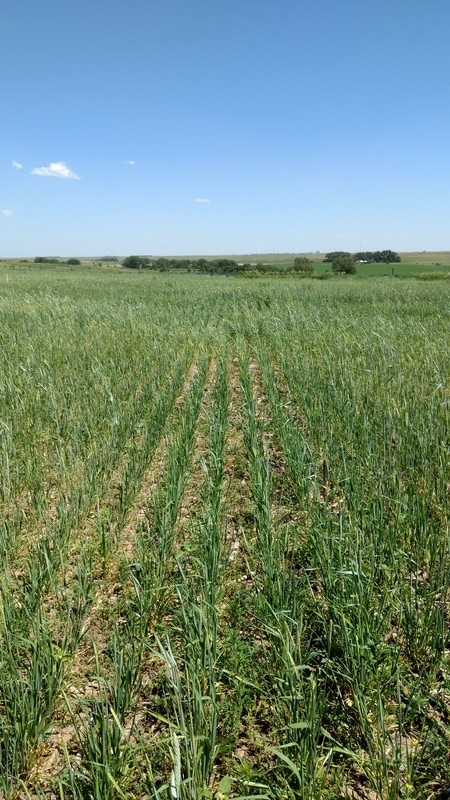
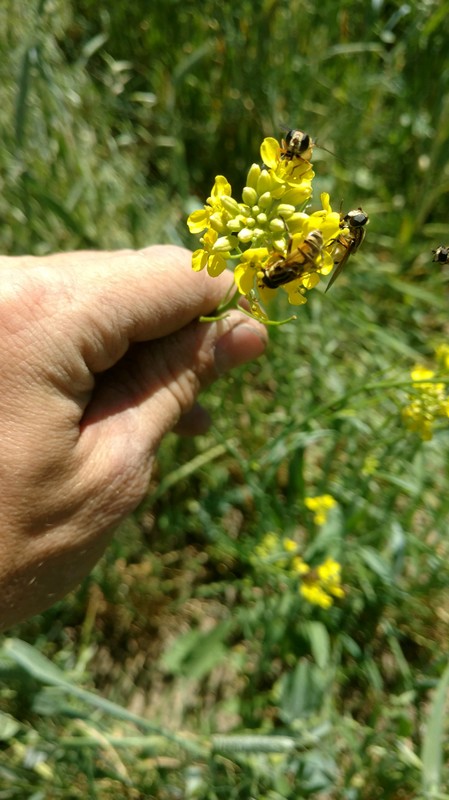
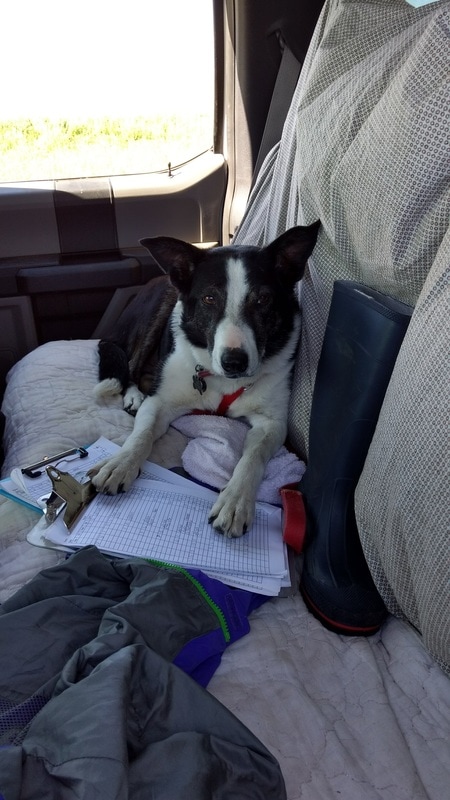
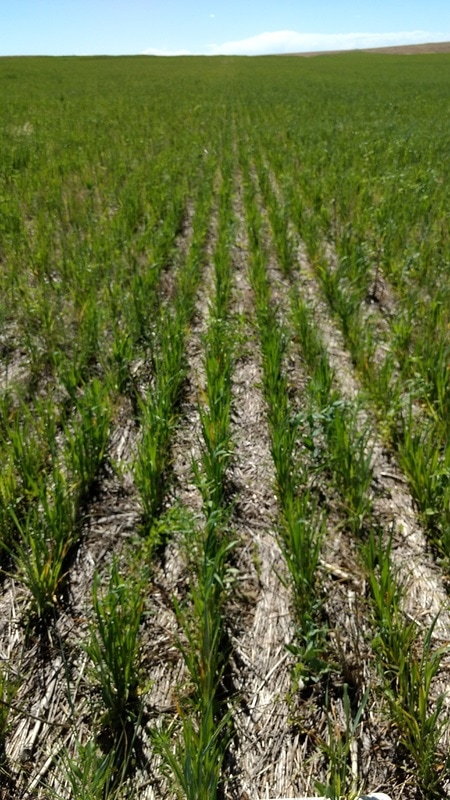
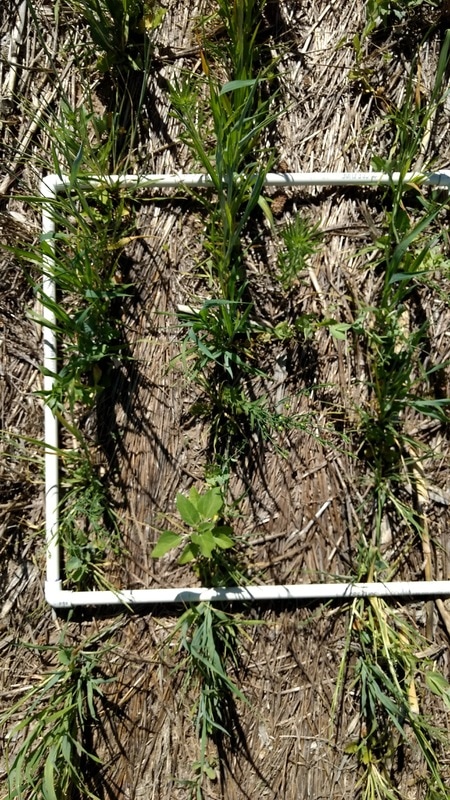
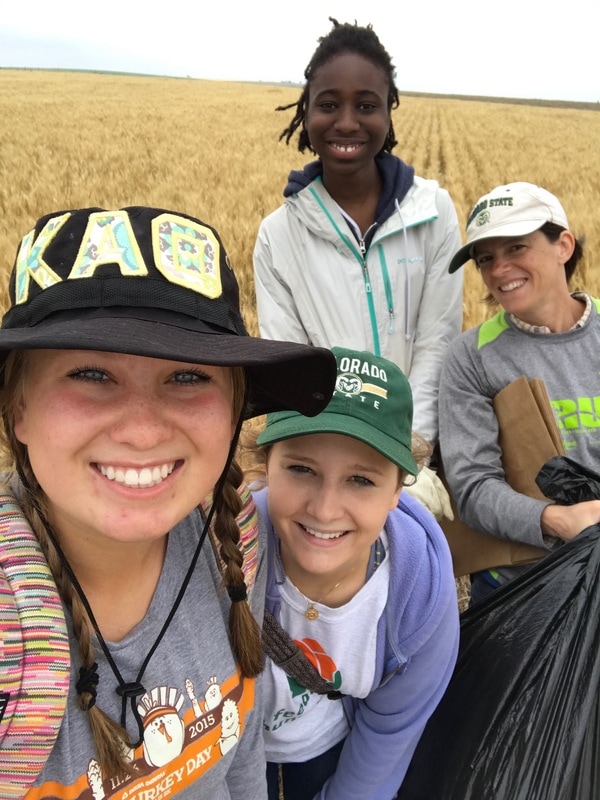
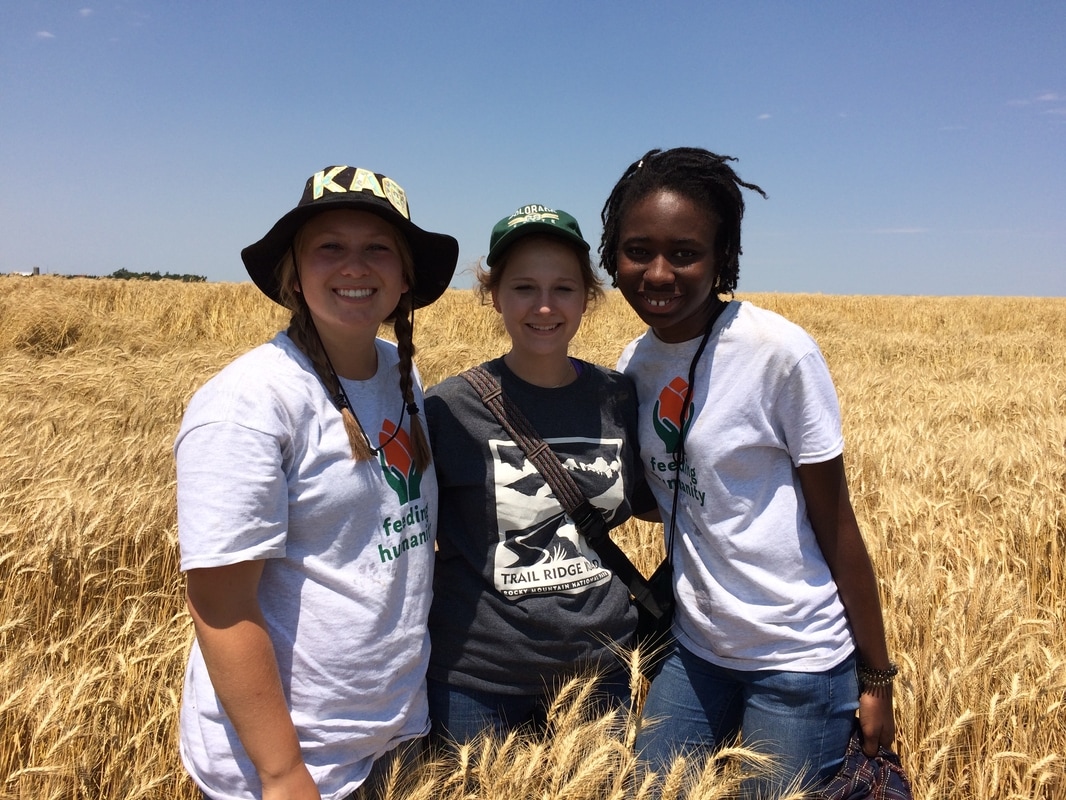
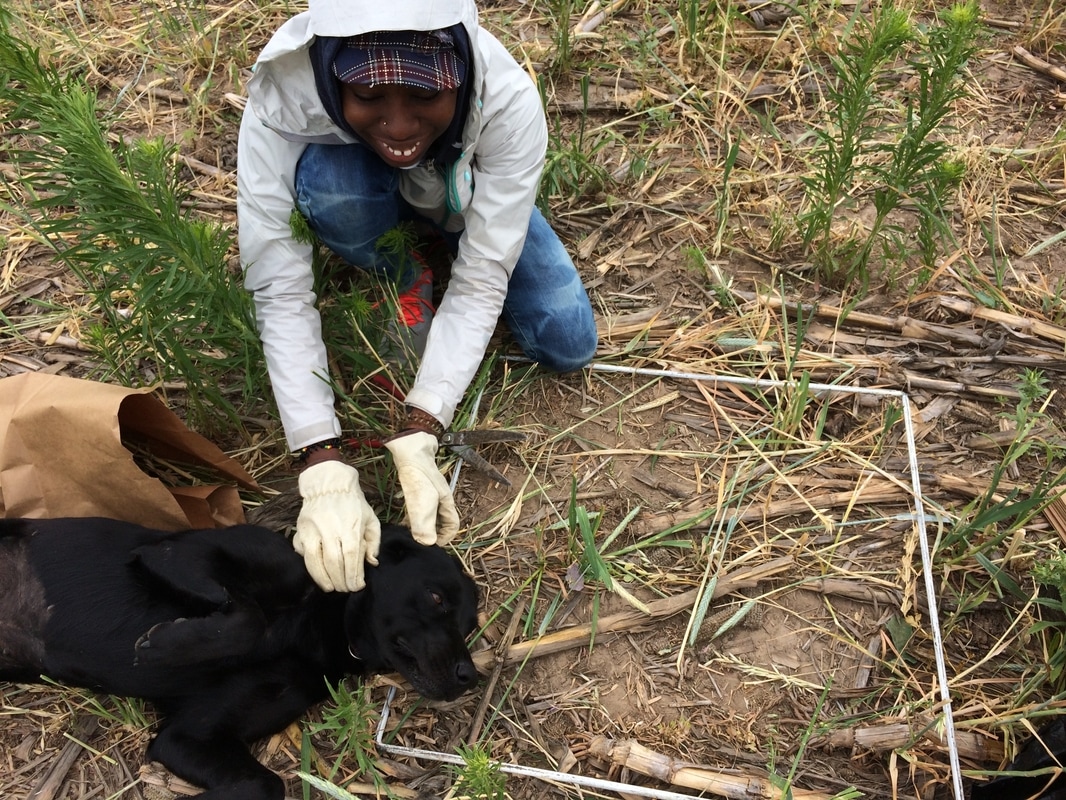
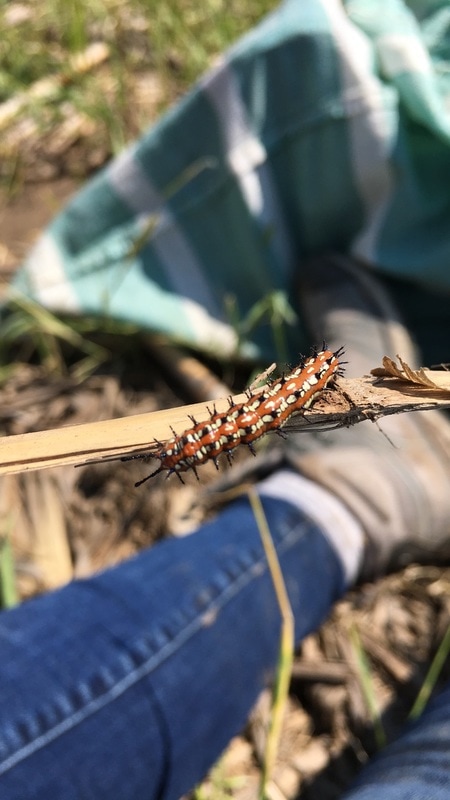
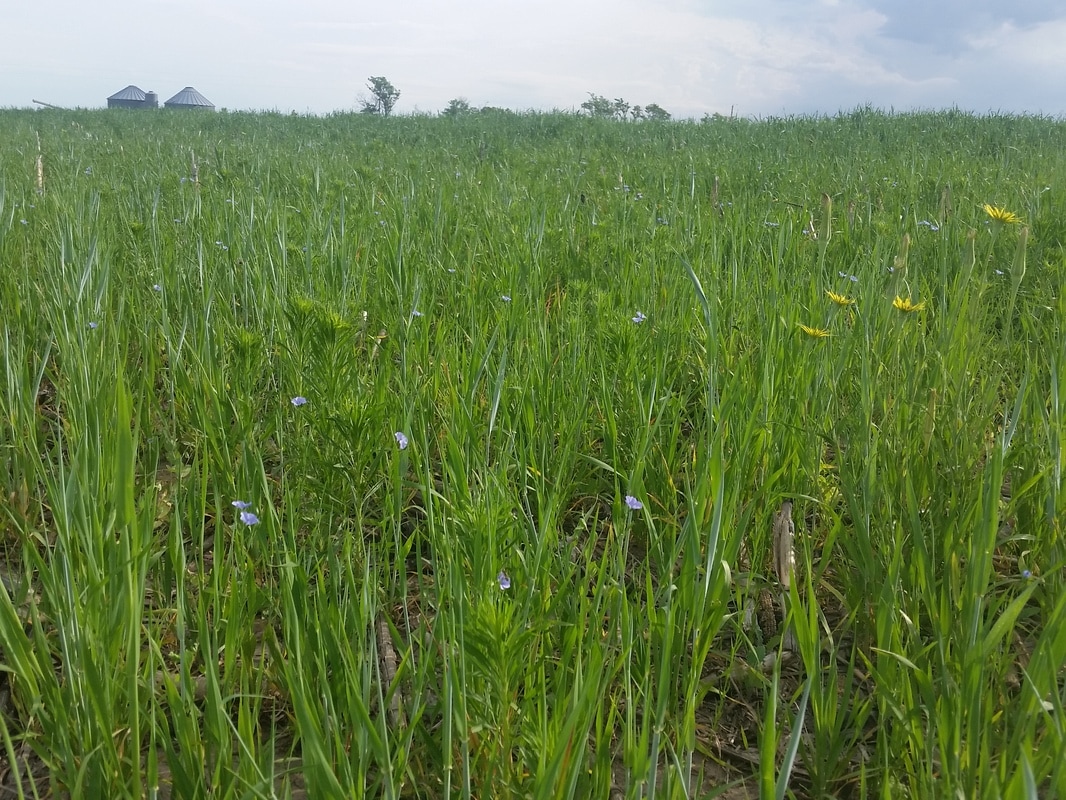
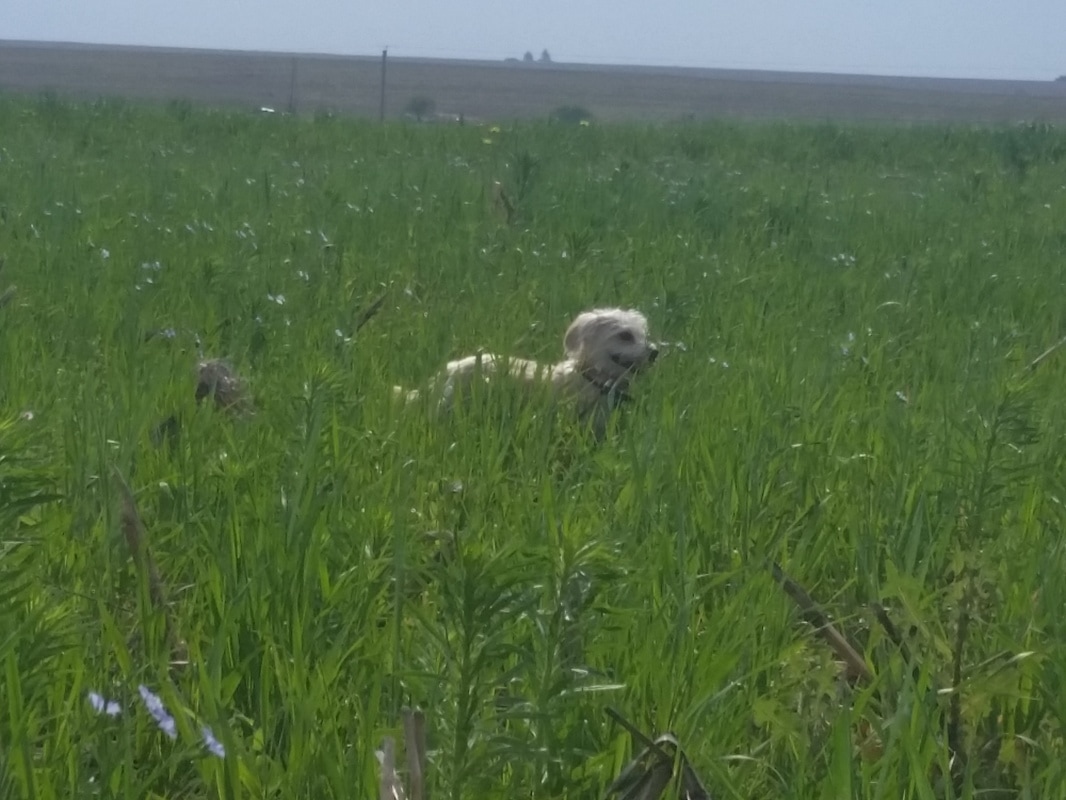
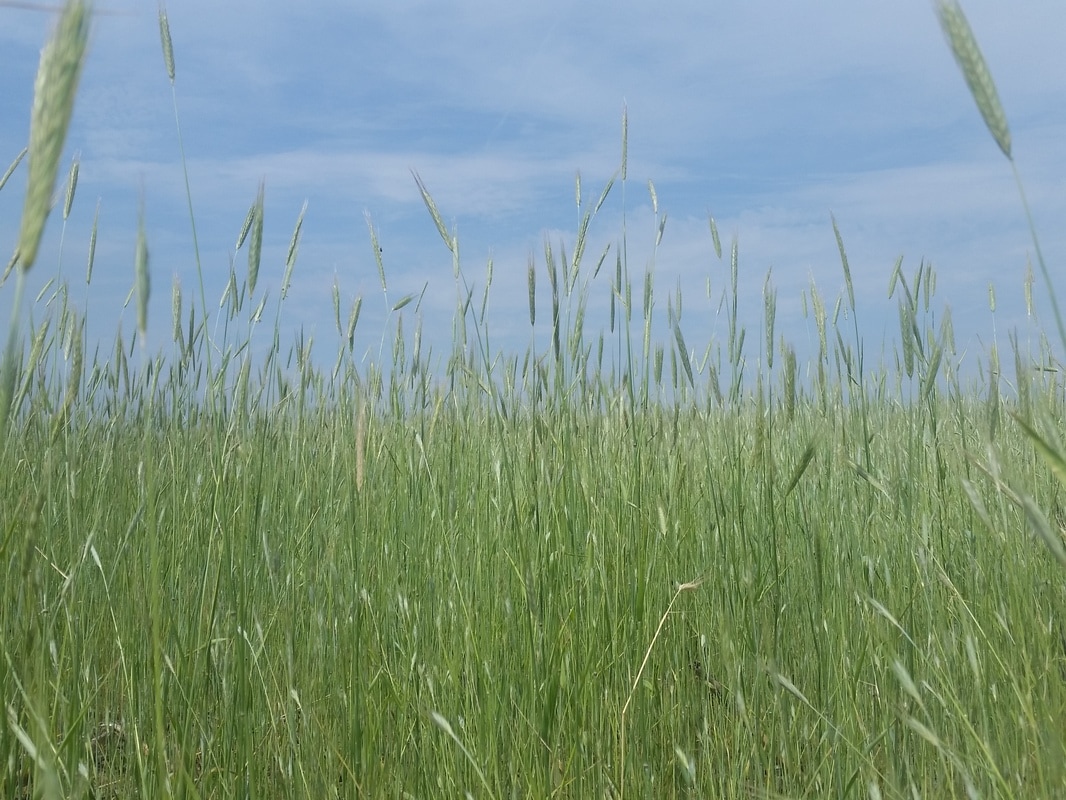
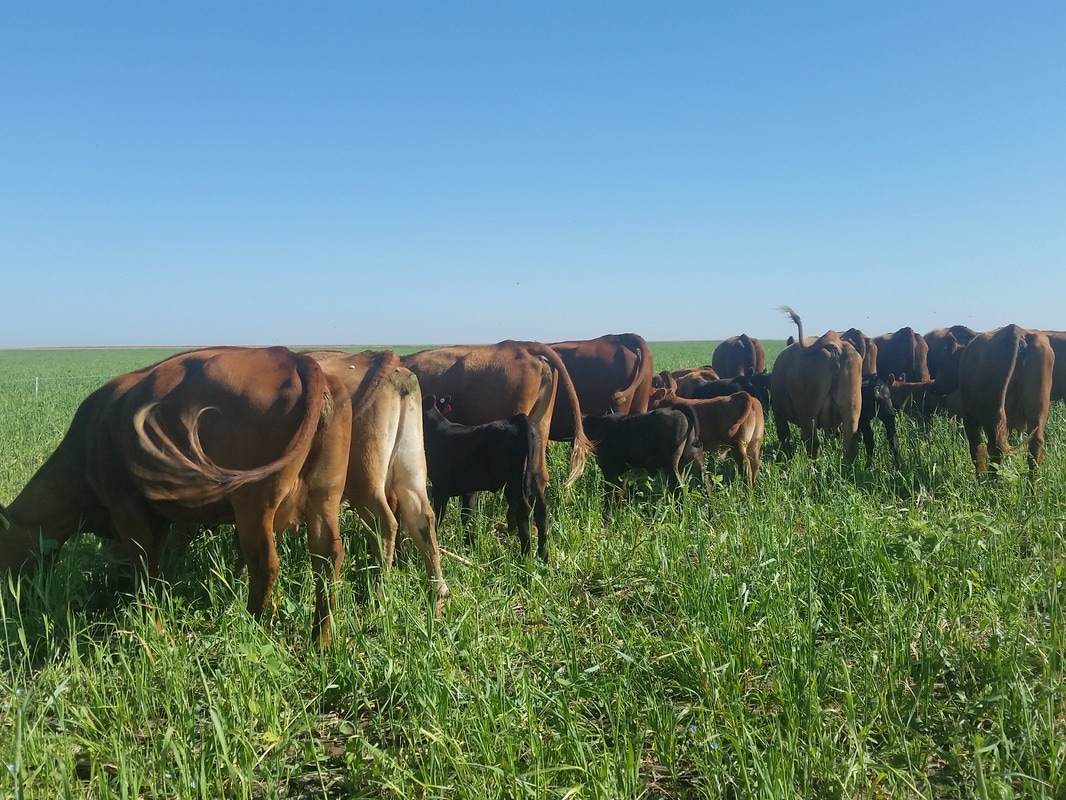
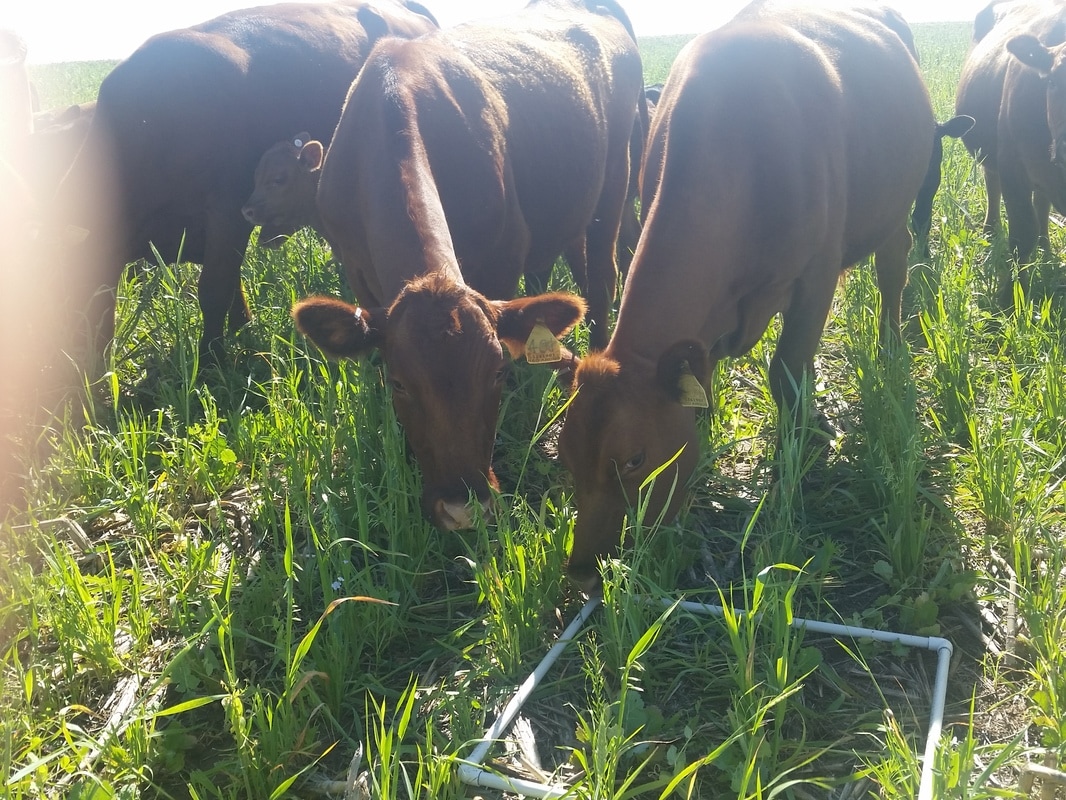
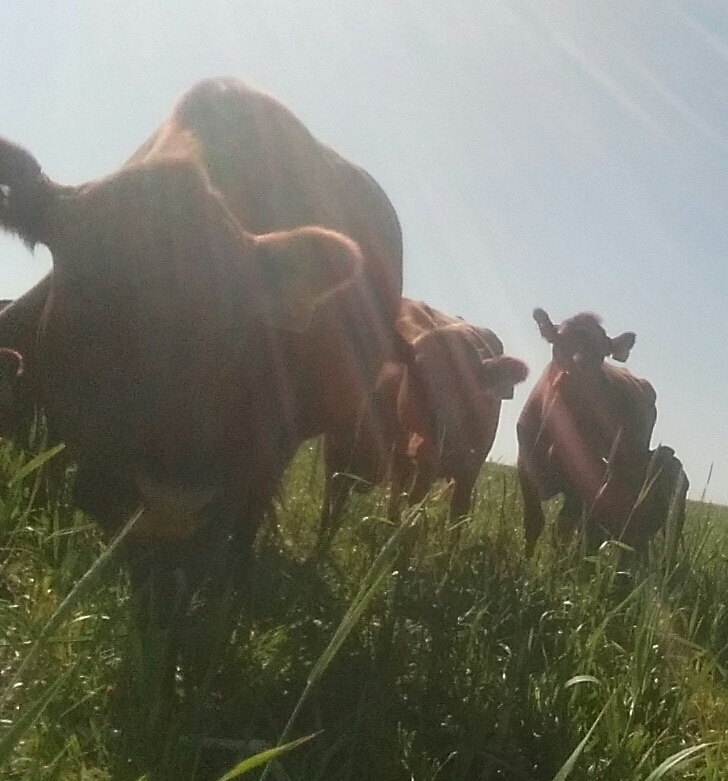
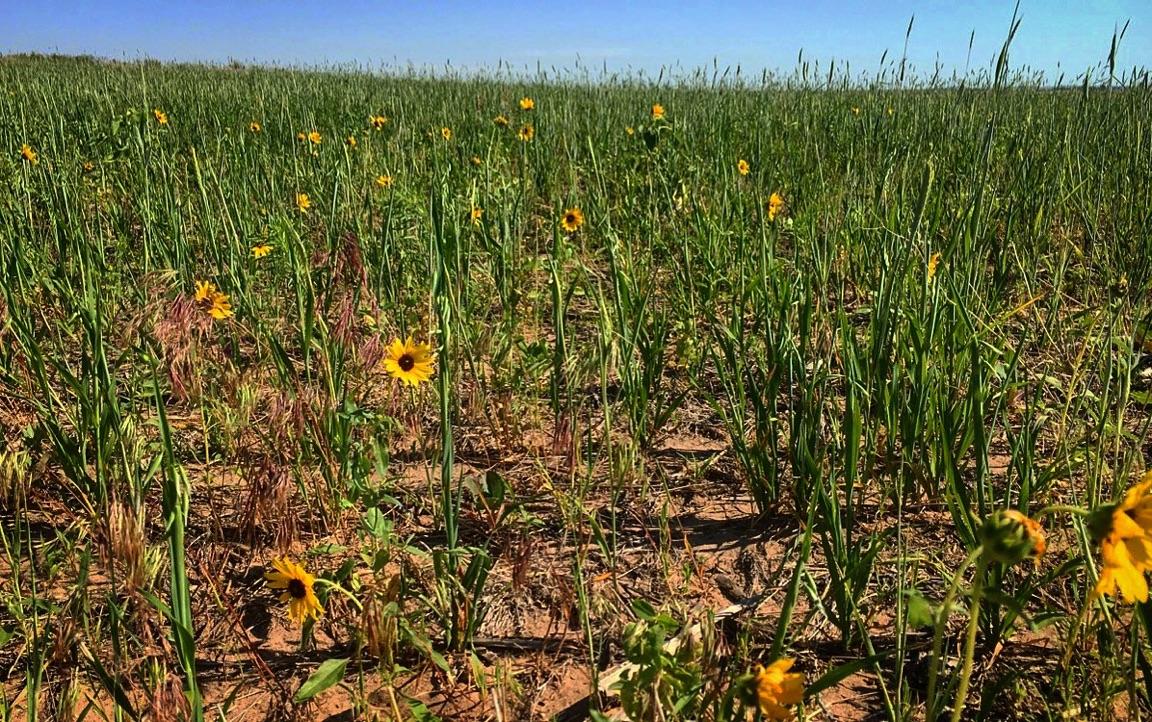
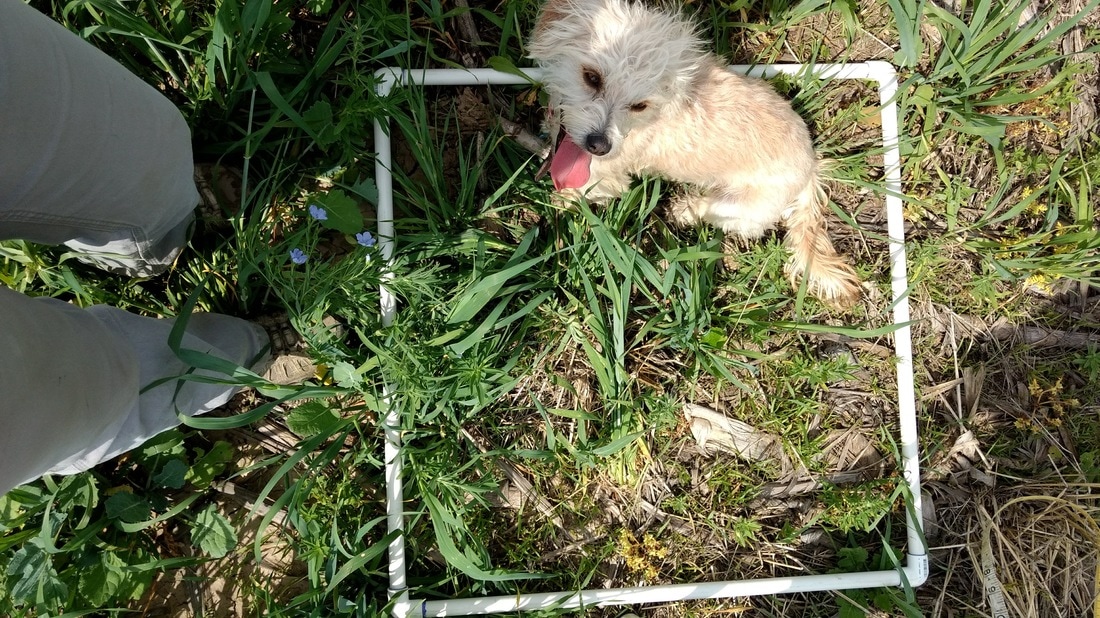
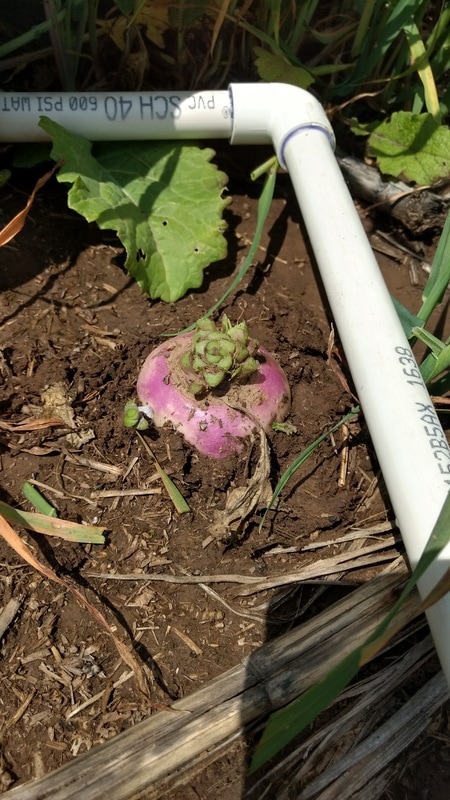
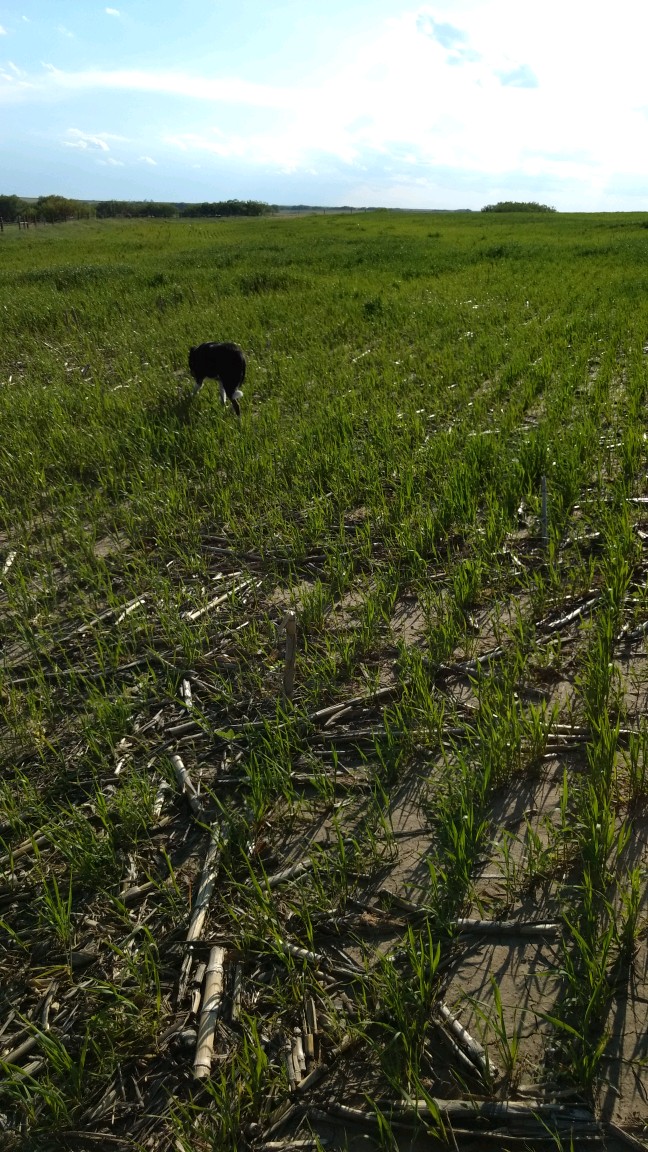
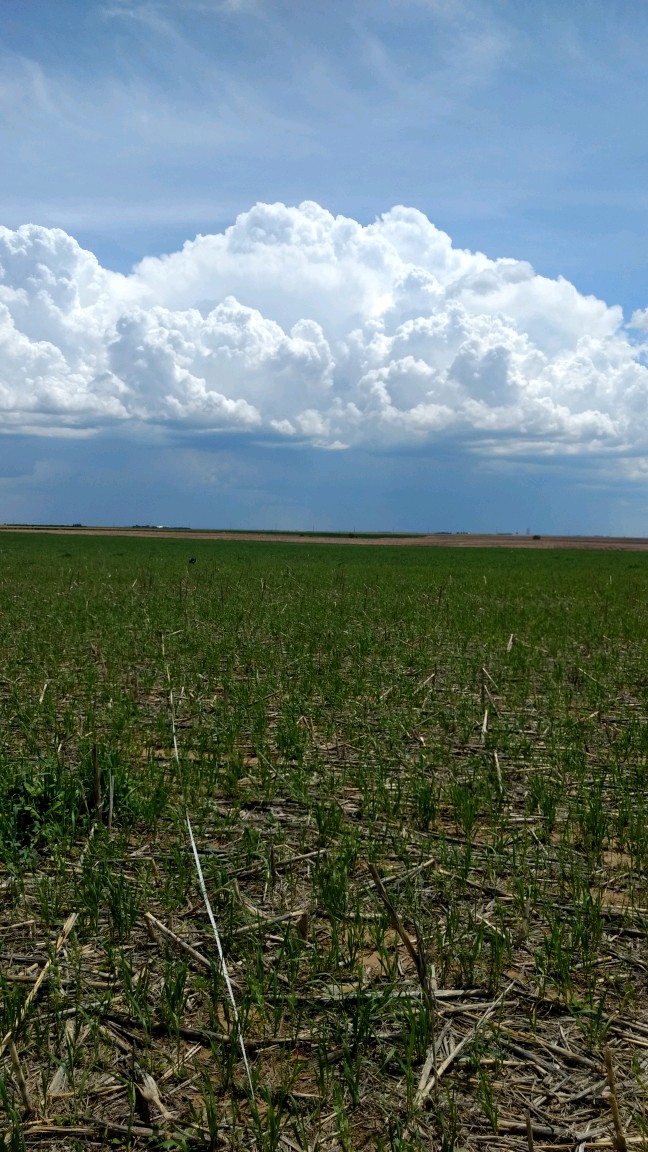
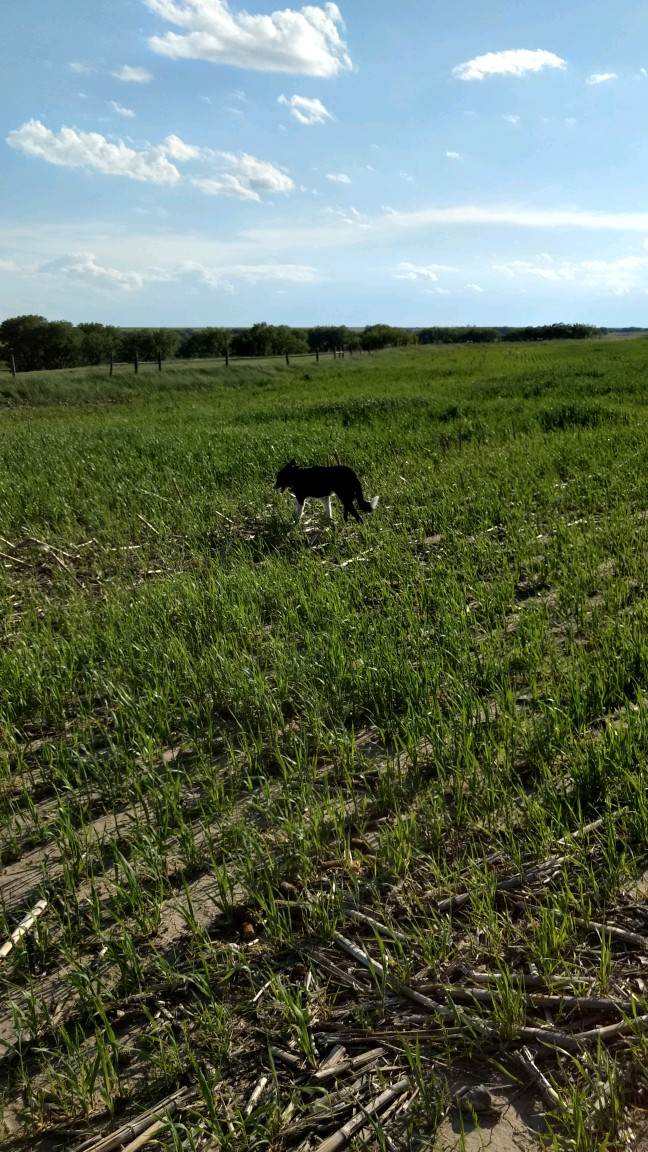
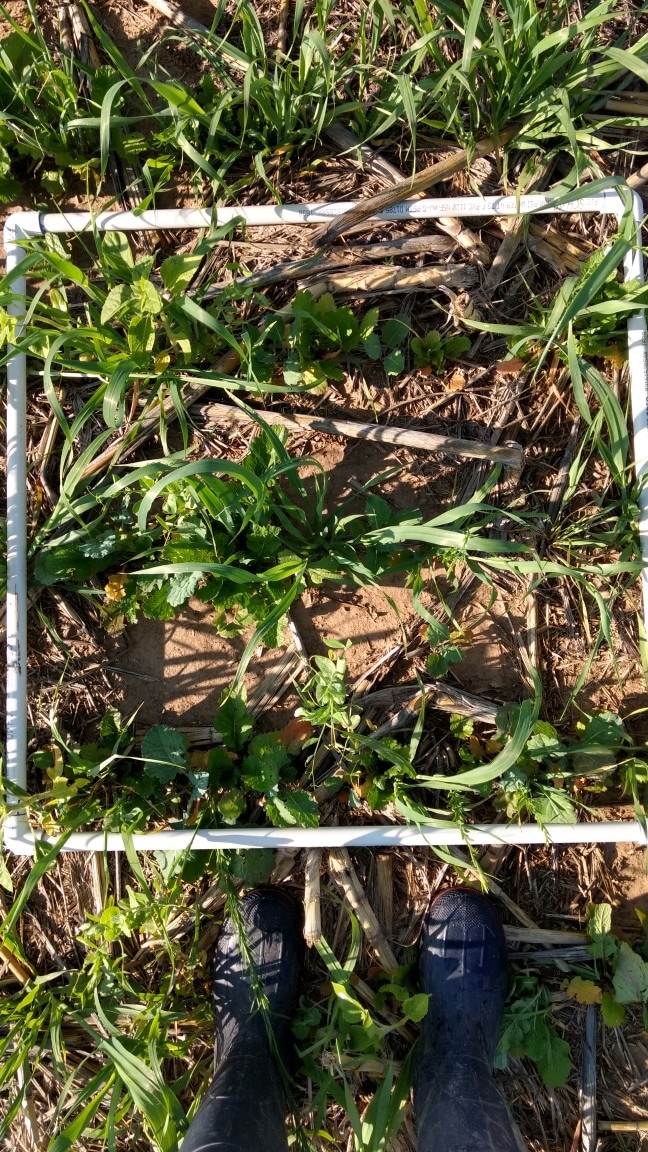
 RSS Feed
RSS Feed
